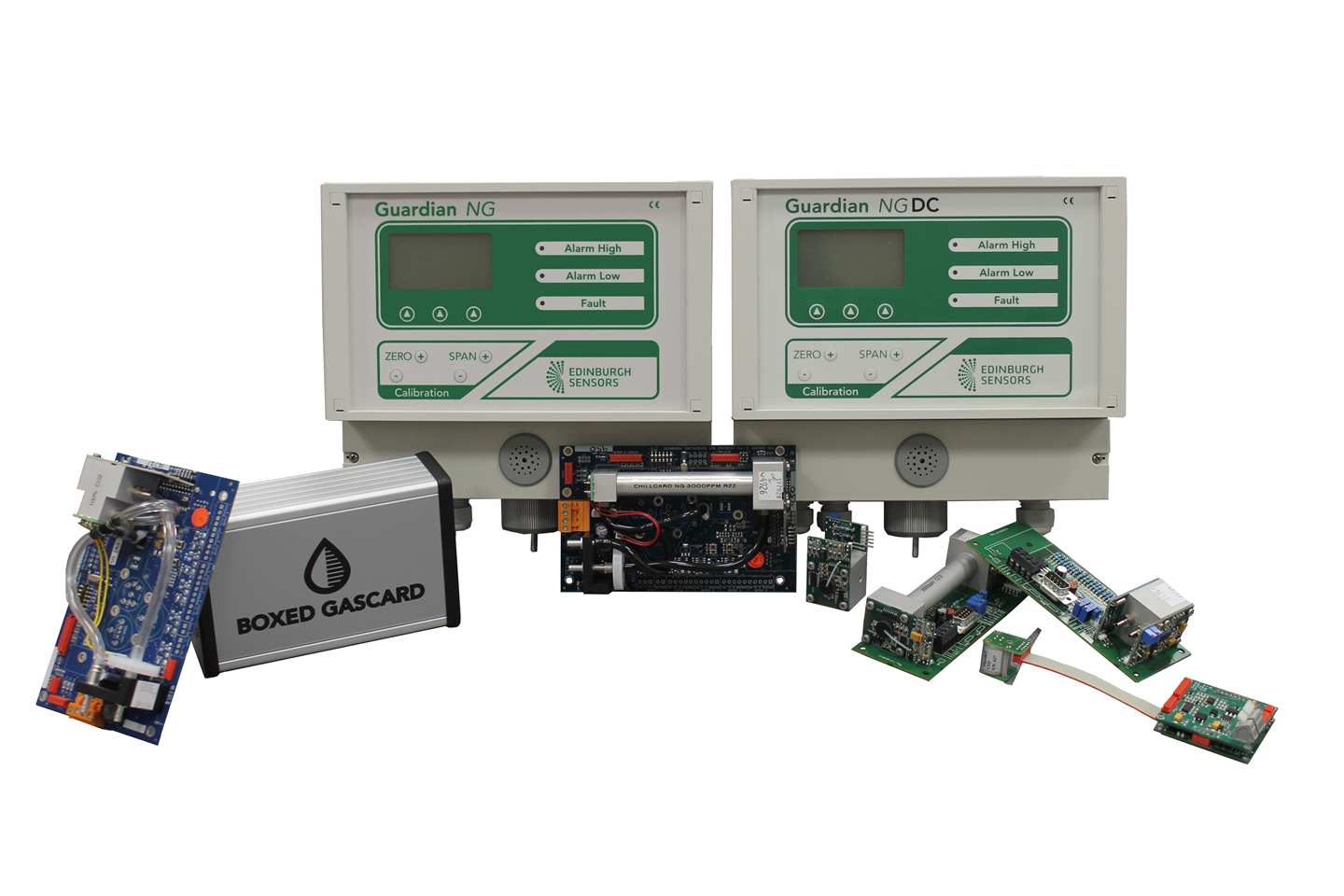

Edinburgh Sensors Ltd - TECHCOMP Group articles
Carbon dioxide has become an essential substance in drink production today, particularly in drink carbonation. CO2 is commonly used in beer, soda, and wine. When carbon dioxide is mixed with water, it produces carbonic acid, this carbon acid is what impacts the flavour of drinks and provides the sensory ‘fizz’ in your mouth. There are various reasons why carbon dioxide is the go-to choice of gas to be used for drink carbonation. Firstly, its solubility; when making dr
Although, at first sight, winemaking might appear to be one of the most idyllic of occupations, it is an industry with its own serious safety concerns. The fermentation process that produces the highly desirable end product, whether it be a serious earthy, rich, Cabernet Sauvignon or a sweet, slightly decadent, Moscato, also produces a lot of carbon dioxide. In the realm of 40 times the volume of grape juice in fact. That is a lot of carbon dioxide and the health implications of that amount o
Waste gasification is a type of waste to energy process where waste material is used as a fuel to create heat, electricity or other chemical products. Specifically, in waste gasification, the waste material is decomposed in such a way to produce gaseous products, often known as syngas, a combination of hydrogen, carbon monoxide and some carbon dioxide.
Conventional incineration uses heat and oxygen to combust waste products. While waste gasification still requires high temperatures
The anaerobic digestion process is typically used as a means of waste disposal or energy production. Anaerobic digestion of bio-waste in developing countries is extremely beneficial as it doesn’t just generate clean and safe energy, it also contributes towards other economic development issues and has considerable environmental benefits.
In this article we will explore the many benefits of the anaerobic digestion process for developing countries, and the vital role of Edinburgh
One of the biggest safety challenges in the electric power industry is managing the risks posed by unwanted electrical discharges. With an increasing move towards renewable energy sources, such as solar, wind and biogas, there is a need for many more individual connections to the national electrical grid, which means the need for more switchgears. Switchgears contain a combination of fuses, switches, circuit breakers, etc., and can be used to switch on or off certain pieces of equipment, or,
